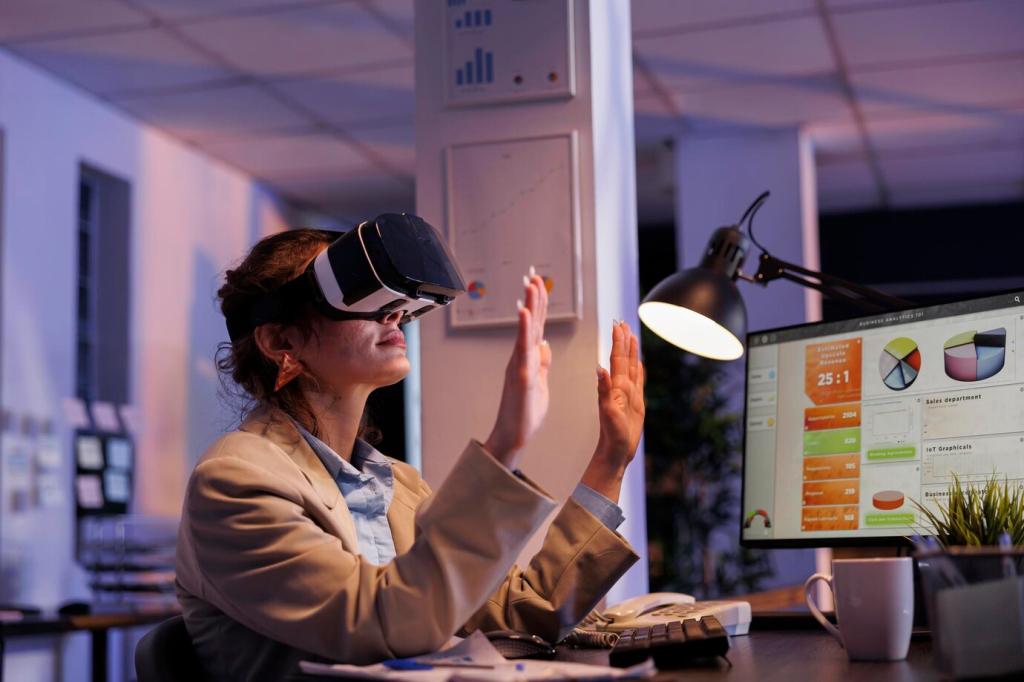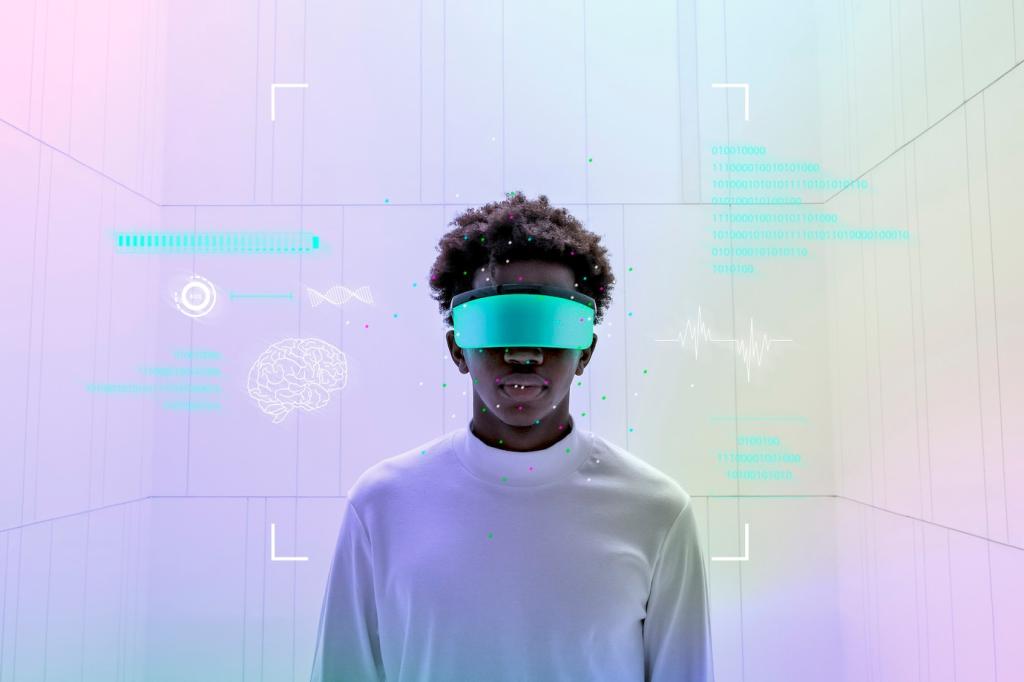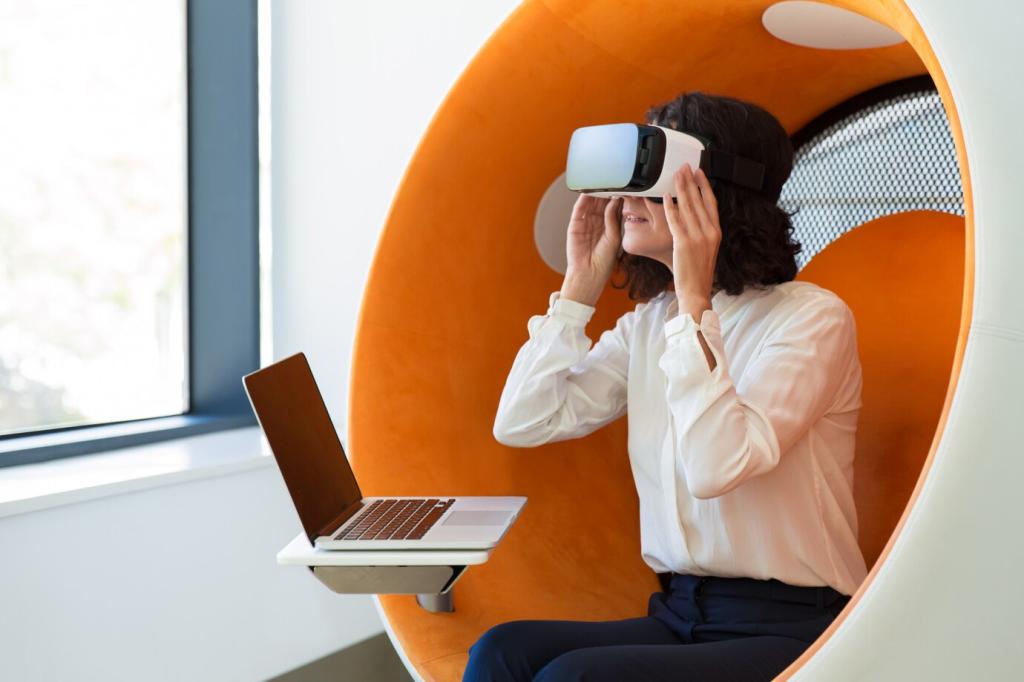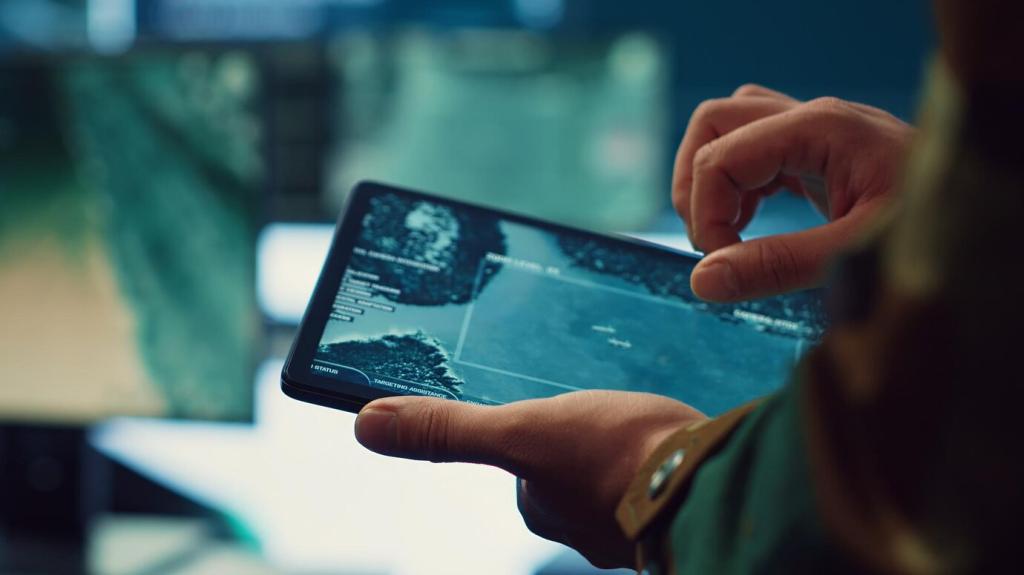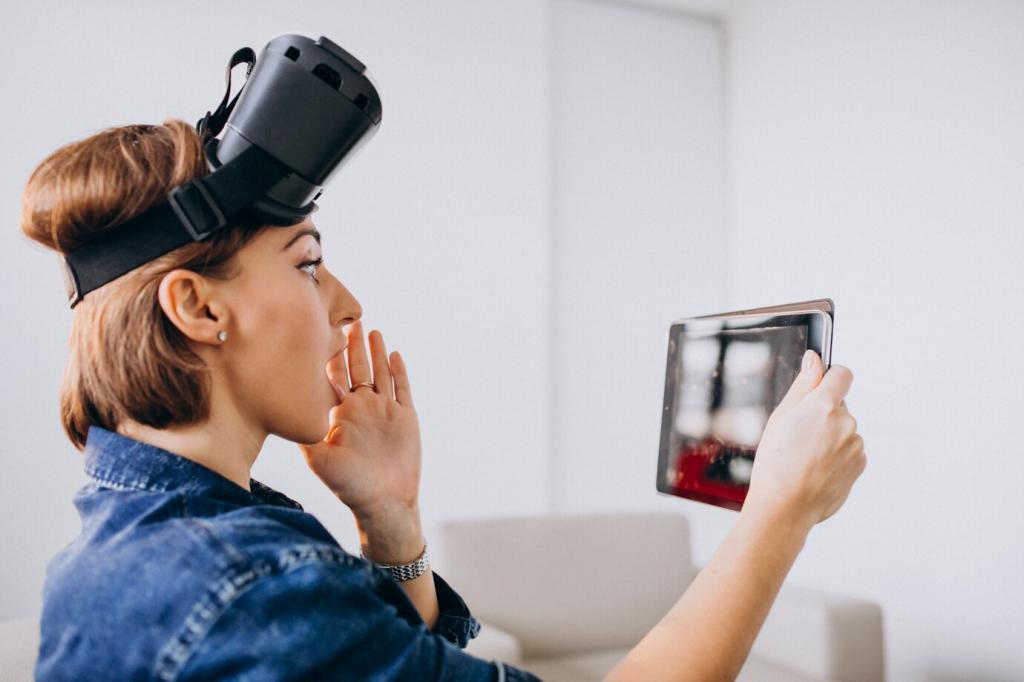Device Fragmentation and Tracking Reliability
ARCore and ARKit evolve quickly, but your audience includes budget phones and older iPhones with limited sensors. Establish capability gates, feature fallbacks, and telemetry to detect device-specific issues early. Focus on graceful degradation instead of absolute parity, and document known limitations clearly.
Device Fragmentation and Tracking Reliability
Bright, textured surfaces help plane detection; dim rooms, glossy floors, and repeating patterns amplify drift. Teach users to move slowly, scan edges, and seek contrast. Implement confidence thresholds, re-scan prompts, and adaptive filters to stabilize anchors without hiding tracking weaknesses behind fragile illusions.




